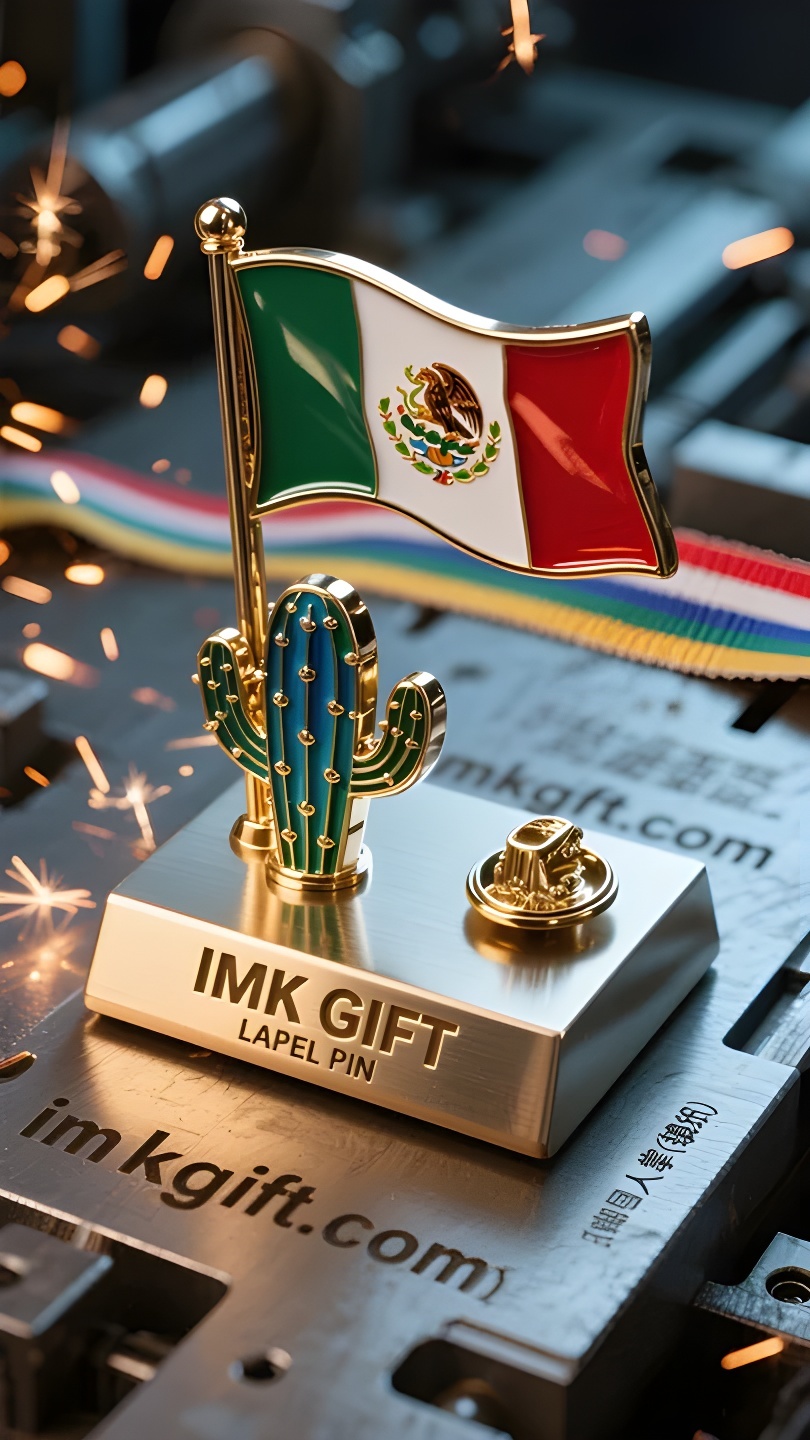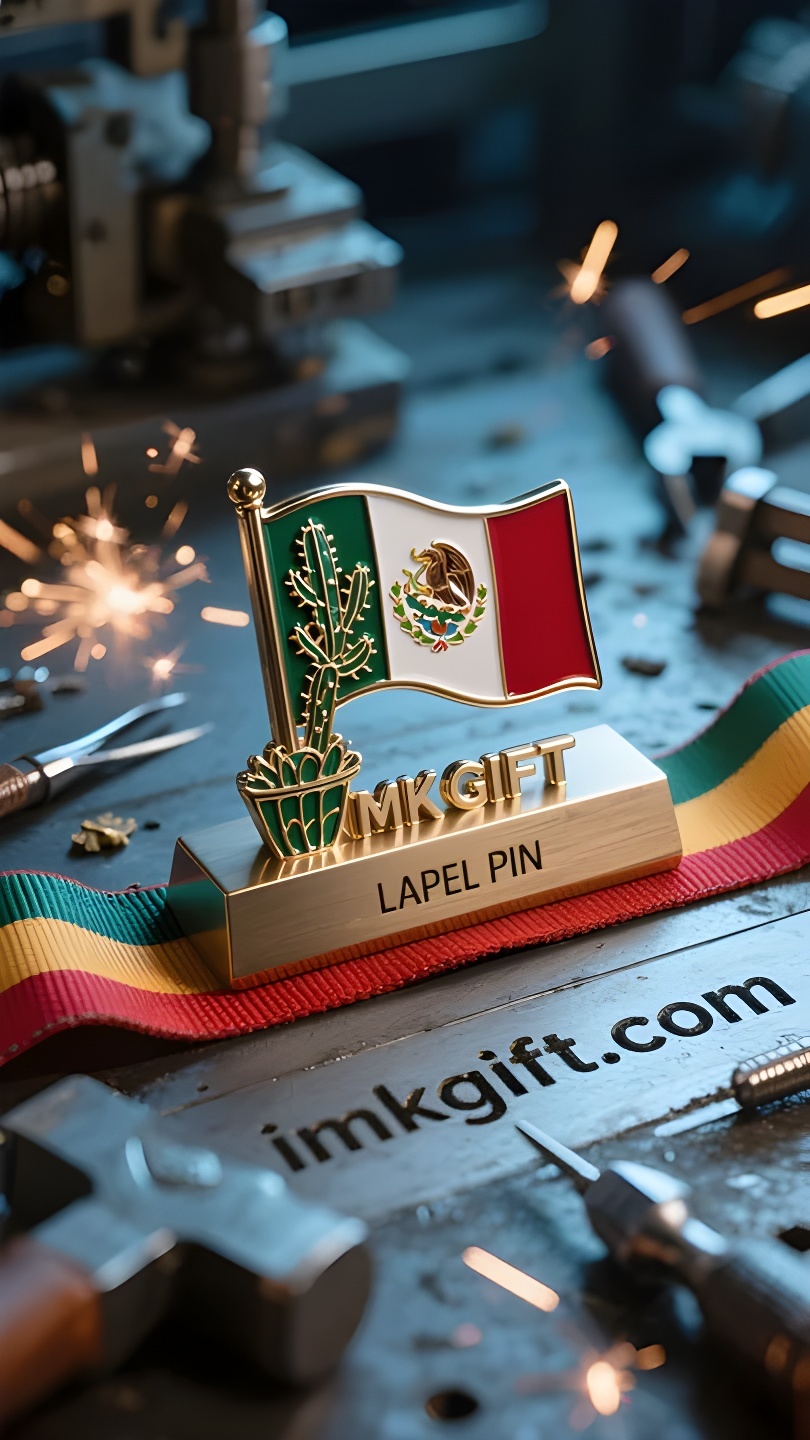in985-Pisapapeles-de-cactus-Presiona-las-espinas-del-destino-Apoya-la-columna-vertebral-de-la-nación
▼
En septiembre, la campana de la independencia resonó en cada rincón de la Ciudad de México. En la plaza donde ondeaba la bandera nacional, el tótem del águila azteca sosteniendo una serpiente y de pie sobre un cactus hacía eco al pisapapeles de cactus verde oscuro, cuidadosamente tallado por artesanos callejeros. El primero es el código nacional grabado en la bandera nacional, y el segundo es el tótem espiritual colocado sobre el escritorio de los mexicanos. Esta tierra antaño usó las afiladas espinas del cactus para arañar las pezuñas de hierro de los colonos, y en el huracán de la sociedad moderna, ancló las coordenadas de la civilización con la postura de una piedra. El pisapapeles pulido por rocas volcánicas siempre aparece en forma de cactus, no solo por su vitalidad, capaz de florecer en la esterilidad, sino también porque comprende la filosofía de supervivencia de “arraigar hacia abajo”. Cuando la ola de la globalización golpea la cultura tradicional, los artesanos mexicanos insisten en tallar caracteres náhuatl en la base del pisapapeles, al igual que el cactus se arraiga profundamente en las grietas de la roca, aferrándose al suelo de la civilización en el desmoronamiento. Cada patrón solidificado en la piedra verde oscuro revela el verdadero significado de “proteger”: la verdadera tenacidad no es una confrontación feroz, sino que, como un pisapapeles de cactus, utiliza un gran peso para sujetar el papel que se balancea y utiliza una perseverancia silenciosa para sostener el peso de la civilización. Cuando los jóvenes tocan los tótems cóncavos y convexos del pisapapeles para participar en el desfile del Día de la Independencia, tocan no solo la sabiduría de sus antepasados, sino también la brújula espiritual de esta era, siendo su propio lastre en la tormenta y permitiendo que las raíces de la civilización penetren en tiempos turbulentos.
In September, the bell of independence resounded in every corner of Mexico City. In the square where the national flag fluttered, the totem of the Aztec eagle holding a snake and standing on a cactus echoed the dark green cactus paperweight carefully carved by street craftsmen. The former is the national code engraved on the national flag, and the latter is the spiritual totem placed on the desk of Mexicans. This land once used the sharp thorns of the cactus to scratch the iron hoofs of the colonists, and in the hurricane of modern society, it anchored the coordinates of civilization with the posture of a stone. The paperweight polished by volcanic rocks always appears in the shape of a cactus, not only because of its vitality that can bloom flowers in barrenness, but also because it understands the survival philosophy of “taking root downwards”. When the wave of globalization hits traditional culture, Mexican craftsmen insist on carving Nahuatl characters on the base of the paperweight, just like the cactus rooting deep into the cracks of the rock, grasping the soil of civilization in the crumbling. Each solidified pattern on the dark green stone tells the true meaning of “guarding”: true tenacity is not a fierce confrontation, but like a cactus paperweight, it uses a heavy weight to hold down the swaying paper, and uses silent perseverance to hold up the weight of civilization. When young people touch the concave and convex totems on the paperweight to participate in the Independence Day parade, they are touching not only the wisdom of their ancestors, but also the spiritual compass of this era – being their own ballast in the storm, and letting the roots of civilization penetrate all turbulent times.
九月的墨西哥城,独立钟声激荡着每一个角落。在国旗猎猎飘扬的广场上,阿兹特克雄鹰衔蛇立于仙人掌的图腾,正与街边手艺人精心雕刻的墨绿仙人掌镇纸遥相呼应——前者是镌刻在国旗上的民族密码,后者则是墨西哥人置于案头的精神图腾。
这片土地曾用仙人掌的尖刺划破殖民者的铁蹄,又在现代社会的飓风中,以镇石的姿态锚定文明的坐标。火山岩打磨的镇纸总以仙人掌造型示人,不仅因其能在贫瘠中绽放花朵的生命力,更因它懂得”向下扎根”的生存哲学。当全球化的浪潮冲击传统文化,墨西哥手艺人坚持在镇纸底座雕刻纳瓦特尔文字,如同仙人掌将根系深扎岩缝,在摇摇欲坠中抓住文明的土壤。
墨绿石料上凝固的每道纹路,都在诉说”镇守”的真谛:真正的坚韧不是锋芒毕露的对抗,而是像仙人掌镇纸般,用千钧之重镇住飘摇的纸张,用沉默的坚守托起文明的重量。当青年们抚摸着镇纸上凹凸的图腾参加独立日游行,他们触摸的不仅是先祖的智慧,更是属于这个时代的精神罗盘——在疾风骤雨中做自己的压舱石,让文明的根系穿透所有动荡的年代。
▼
Contact Us
📞 Tel: +0086-760-85286839
📧 Email: sales3@imkgift.com








